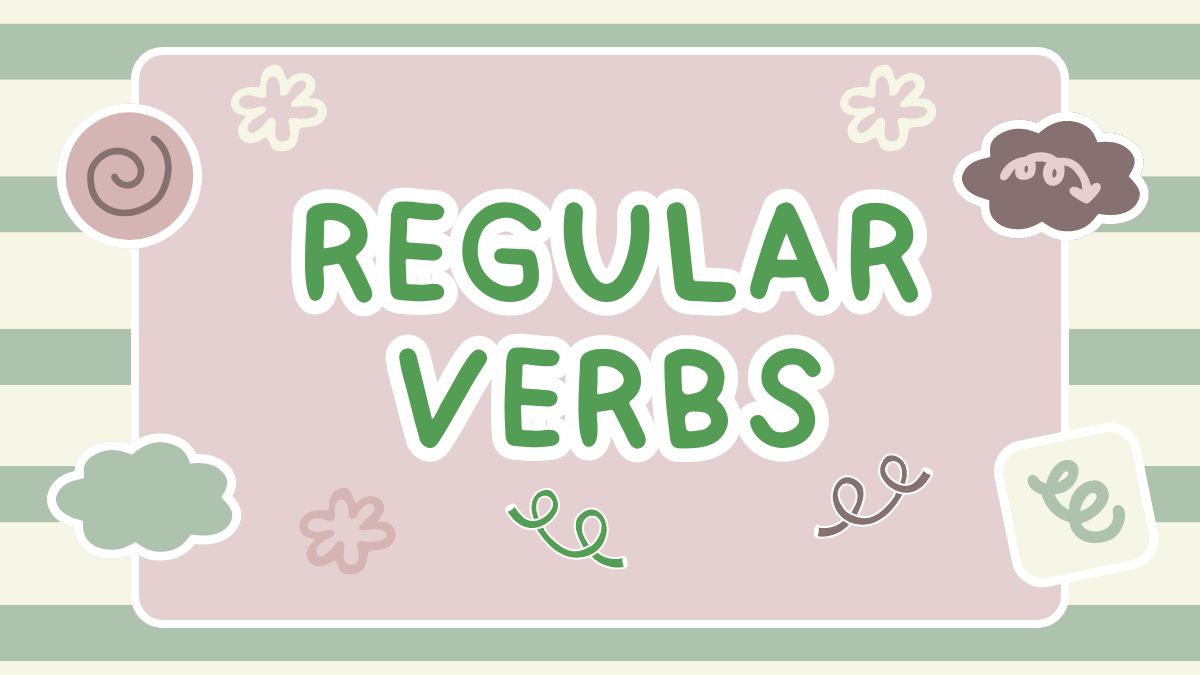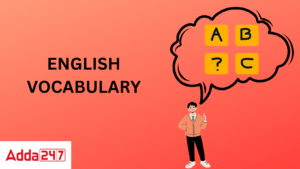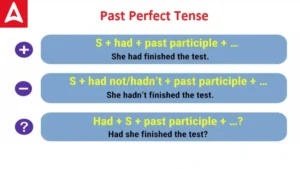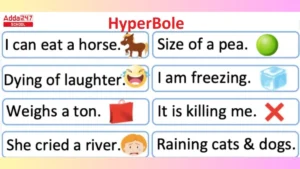Regular verbs are the verbs that are consistent with their verb forms. These verb forms follow a similar pattern in their simple past and past participle form. The opposite of the regular verbs are irregular verbs. You all must have used regular verb frequently but would not have known it because of lack of knowledge.
Regular Verbs
A regular verb is a verb that adheres to a consistent pattern when changing between different tenses. In English, forming the past tense of a regular verb is typically done by adding the suffix “ed” or “d” to the verb. This is true for both the basic past tense and the past participle.
This article about regular verbs will aid in comprehending their use and conjugation. You can also take a look at the list of regular verb and their conjugated forms to improve your comprehension.
What are Regular Verbs?
Regular verbs adhere to typical conjugation patterns. Most basic verbs form their simple past and past participle by adding “ed” to the end of the verb, used in perfect tenses and passive constructions. In other words, a regular verb is a verb that adheres to a consistent pattern when changing tenses.
In the English language grammar, it is generally possible to create the past tense of a regular verb by adding either the suffix “-ed” or “-d” to the verb. This is relevant for both the basic past tense and the past participle form. Sometimes regular verb can alter their spelling in various manners (for example, “try” changes to “tried”).
As per the famous dictionary, “A regular verb adheres to a standard set of conjugation rules. Regular verb form their past tense by adding ‘ed’ or ‘d’ to the root verb, and the past participle form of the verb coincides with its past form.
Regular Verb Examples
Regular verbs play a significant role in language and fortunately, they are quite simple to master. Having defined regular verbs, let’s now analyze them to understand their precise meaning and how they function by looking at the examples of regular verb in action given hereunder.
- I had just started to study when my neighbor called.
- Paula started to cook.
- “I use a pencil to do my homework” becomes “I used a pencil to do my homework”.
- You have walked to the office every day for the past week.
- Andy walked to the shop.
- “I notice the trees on my way home” becomes “I noticed the trees on my way home”.
Some more examples or a regular verb are shown herein.
- twirl – twirled
- laugh – laughed
- walk – walked
- jump – jumped
- talk – talked
- dance – danced
- wonder – wondered
- listen – listened
- wish – wished
- wonder – wondered
- agree – agreed
- phone – phoned
- type – typed
- drop – dropped
- smile – smiled
- look – looked
How to Use Regular Verbs in a Sentence?
Regular verbs adhere to particular guidelines when forming the simple past tense and past participle forms sentences. Check the excerpts given below to understand this concept.
The simple past tense is used to narrate actions and events that have been finished in the past. (e.g., “I adopted a kitten last year”).
There are several ways in which the past participle form of a verb can be utilized. For example, it’s used in perfect verb tenses (e.g., “I have adopted a kitten”), the passive voice (e.g., “the kitten was adopted”), and as an adjective to modify a noun (e.g., “the adopted kitten”).
To create the simple past and past participle forms for most common verbs, you just need to add “ed” to the base verb. If the verb ends in “e,” simply add “d” instead. Some regular verbs may alter their spelling in various manners while adhering to consistent patterns.
Check the table given below to understand how to change different cases of regular verb while writing sentences in simple past or past participle form.
| Base Form of the Verb | Ending in Simple Past and Past Participle | Examples |
| Short verbs (one syllable) ending with a consonant-vowel-consonant | Double the final letter and add “-ed” | chop → chopped drag → dragged |
| Longer verbs (more than one syllable) that end with a consonant-vowel-consonant and have a stressed final syllable | Double the final letter and add “-ed” | permit → permitted admit → admitted |
| Ends in a consonant + y | Remove the “y” and add “-ied” | identify → identified empty → emptied |
| Ends in “-e” | Add “d” | chase → chased frame → framed |
| All other endings | Add “-ed” | delay → delayed assist → assisted |
How to Conjugate Regular Verbs
Regular verbs can undergo conjugation to create the simple past form and the past participle forms. You can form the simple past of a regular verb by following the following rules:
- Appending ‘ed’ to the base form of a standard verb and repeating the final consonant.
- Appending an ‘ed’ to the conclusion of simple verbs – monosyllabic words with three or four letters, having consonants before and after.
- Adding a ‘d’ at the end of the root form of a regular verb that already ends with an ‘e’.
- By dropping the ‘y’ and appending ‘ied’ to the base form of a regular verb that ends with a consonant and ‘y’.
- Adding the suffix ‘ed’ to one-syllable words that end in a vowel followed by ‘y’
Conjugating Regular Verb Ending with ‘y’ to Simple Past
| Regular Verb | Simple Past of the Verb |
| Try | Tried |
| Marry | Married |
| Identify | Identified |
| Try | Tried |
| Play | Played |
Conjugating Regular Verb to Simple Past
| Regular Verb | Simple Past of the Verb |
| Scatter | Scattered |
| Offend | Offended |
| Accept | Accepted |
| Pack | Packed |
| Reach | Reached |
Conjugating Regular Verb Ending with an ‘e’ to Simple Past
| Regular Verb | Simple Past of the Verb |
| Place | Placed |
| Arrive | Arrived |
| Save | Saved |
| Live | Lived |
| Raise | Raised |
Difference Between Regular and Irregular Verbs
While the majority of verbs in English are regular, there exists numerous irregular verbs that do not adhere to the standard conjugation patterns (for example, “go” changes to “went” and “gone”).
Irregular verbs have different ways of changing to create the simple past and past participle forms, while some remain unchanged like “hit” and “cut”.
Regular verbs have constant simple past and past participle forms, whereas irregular verb may vary in their past and past participle forms.
Check the examples of these verbs below.
Regular Verbs
- He will ask too much of me.
- He asked too much of me.
- He has asked too much of me.
Irregular Verbs
- I will send the message.
- I sent the message.
- I have sent the message.
- I will do as you ask.
- I did as you asked.
- I have done as you asked.
Regular Verbs: Important Points
Check some key points about regular and irregular verbs below.
- When the verb ends in “w,” “x,” or “y,” there is no need to double the final letter of the regular verb(e.g., “flow” changes to “flowed”).
- If the last syllable isn’t emphasized, avoid doubling the final letter of the regular verb in past from(e.g., “deliver” becomes “delivered”).
- Some verbs in English language have both a regular and an irregular form (e.g., “learn” can become “learned” or “learnt” and “burn” can become “burned” or “burnt”).
- Typically, the regular form of verb is prevalent in American English, while the irregular form of verb is predominant in British English.
Regular Verbs List
There are thousands of regular verb in the English language. the list of some most widely used regular verbs is given below.
| Base Form of the Verb | Simple Past Form | Past Participle Form |
| agree | agreed | agreed |
| call | called | called |
| cry | cried | cried |
| dance | danced | danced |
| enjoy | enjoyed | enjoyed |
| hate | hated | hated |
| jump | jumped | jumped |
| laugh | laughed | laughed |
| listen | listened | listened |
| love | loved | loved |
| move | moved | moved |
| need | needed | needed |
| play | played | played |
| start | started | started |
| stop | stopped | stopped |
| talk | talked | talked |
| want | wanted | wanted |
| try | tried | tried |
| inject | injected | injected |
Exercise on Regular Verb
Use the rules learned in the article to determine the simple past and past participle forms of the regular verbs given below.
- Grab
- Terrify
- Welcome
- Apologise
- Paste
- Fire
- Love
- Hover
- Join
- Inject
| Related Post | |
| Verb Forms | Transitive and Intransitive Verbs |
| Modal Verbs | Auxiliary Verbs |









 Vocabulary Words with Meaning and Senten...
Vocabulary Words with Meaning and Senten...
 Past Perfect Tense: Definition, Formula,...
Past Perfect Tense: Definition, Formula,...
 Hyperbole- Explanation, Definition, Exam...
Hyperbole- Explanation, Definition, Exam...














